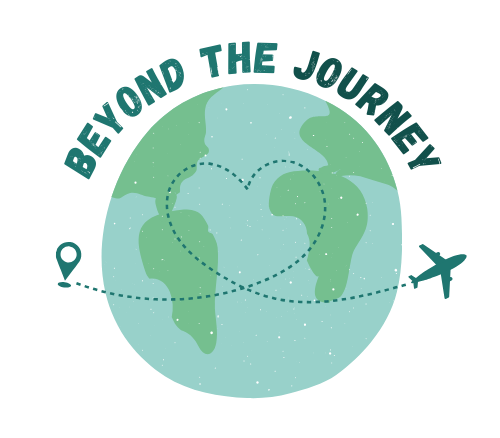12 Places Where Ancient Languages Are Still Spoken Today
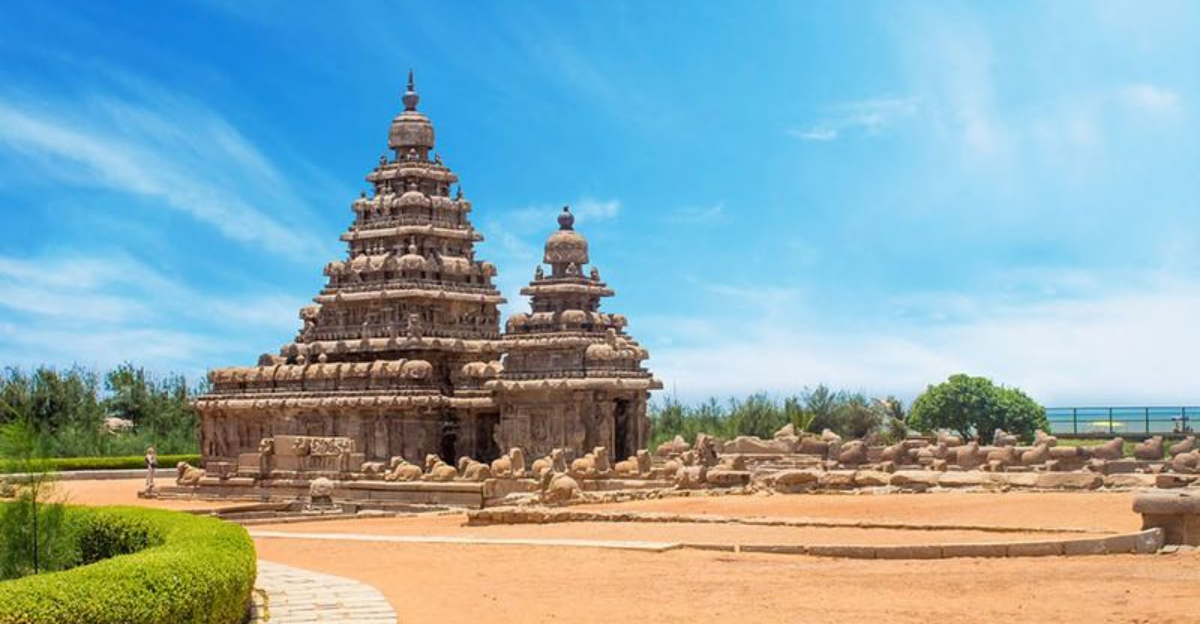
Language is one of the oldest ways we tell the world who we are. It’s more than communication—it’s identity, memory, and legacy wrapped in sound. While many ancient tongues have faded with time, some are still spoken today, passed down through generations like treasured heirlooms.
From rugged coastlines to mountain highlands, these places keep their linguistic roots alive—not in museums, but in everyday conversations, music, and storytelling. This is where history isn’t just remembered—it’s spoken. Let’s explore.
1. Wales – Welsh
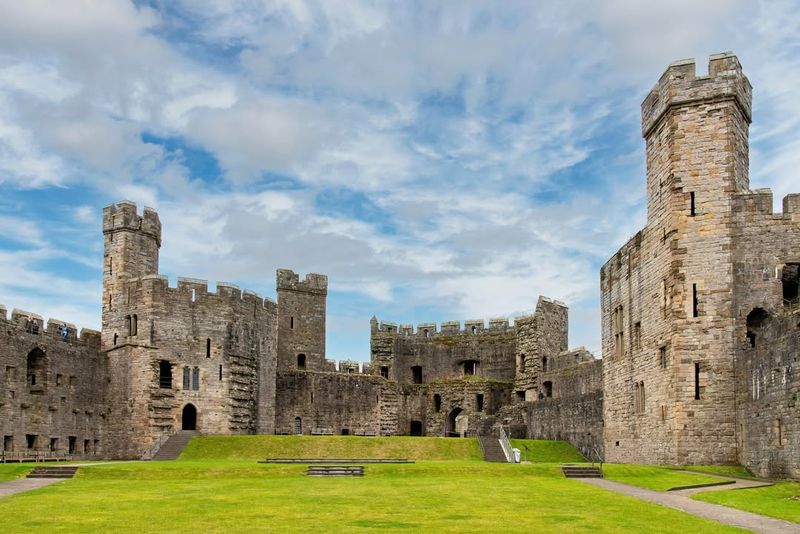
In a land where dragons might still roam, the melodic sounds of ancient Celtic language fill the air. Welsh is spoken in schools, homes, and on public signs, intertwining seamlessly with daily life. The Welsh government actively promotes its use, ensuring that this ancient language thrives amidst modernity.
Welsh isn’t just a relic; it’s a living language that connects the present with history. Amidst the lush valleys and rugged coastlines, it’s not uncommon to hear locals greeting each other with a friendly “Bore da!”
2. Sardinia, Italy – Sardinian
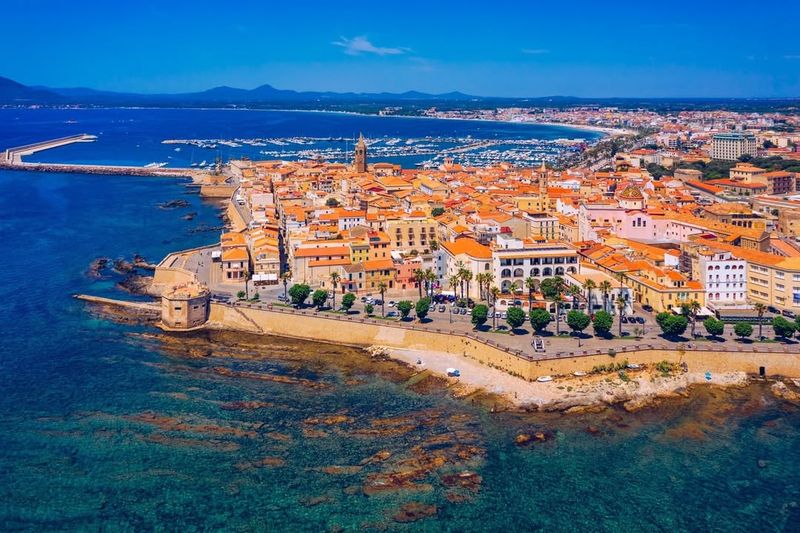
On a sun-kissed Mediterranean island, you might overhear a language that predates Italian itself. Sardinian, a distinct Romance language, is spoken with pride among the locals. Its roots stretch back before the Roman Empire, offering a linguistic journey through time.
From bustling markets to quiet village squares, Sardinian echoes the island’s rich history and unique cultural identity. Here, every word is a tribute to the island’s heritage, a flavorful mix of the past and present.
3. Basque Country, Spain/France – Basque (Euskara)
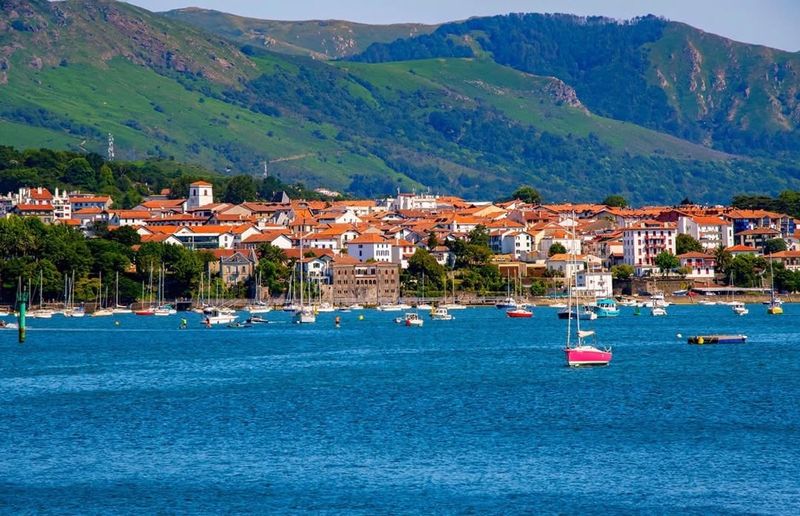
Nestled between Spain and France, a language unlike any other speaks volumes about resilience. Euskara, or Basque, has no known relatives, making it a linguistic enigma. Its survival is a testament to the strong cultural identity of the Basque people.
In lively festivals and quiet mountain villages, Euskara is more than a language; it’s a symbol of unity and pride. With each spoken word, history comes alive, dancing to an ancient rhythm that refuses to fade.
4. Greenland – Kalaallisut (Greenlandic Inuit)

In the icy embrace of Greenland, an Inuit language warms the hearts of its people. Kalaallisut, the Greenlandic dialect, is spoken daily in schools, media, and government. Its words are woven into the fabric of Greenlandic identity, celebrating a heritage rooted in resilience.
As snow crunches underfoot and the northern lights swirl above, the language serves as a bridge across generations, connecting past and future in the rhythm of the Arctic breeze.
5. Georgia – Georgian

Amid the majestic Caucasus Mountains, a unique script tells tales of ancient origins. Georgian, with its elegant curvilinear writing, is spoken with pride across the country. This language isn’t just a means of communication; it’s a cornerstone of national identity.
In lively markets and serene churches, Georgian echoes with the essence of a proud history. Its continued use is a testament to the cultural pride and resilience of the Georgian people.
6. Israel – Hebrew
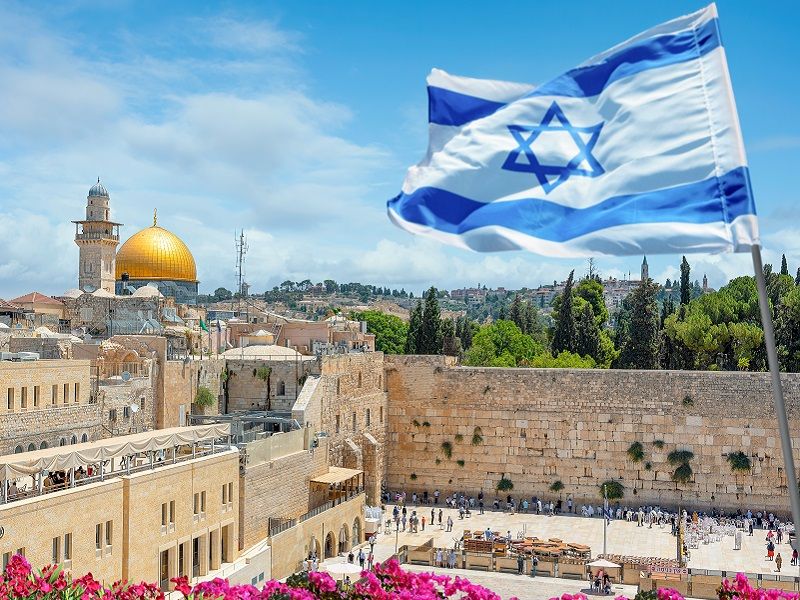
A biblical language once confined to the pages of sacred texts now thrives in everyday life. Hebrew, revived and rejuvenated, is the heartbeat of Israel’s modern culture. Spoken in homes, schools, and on bustling streets, it connects the ancient with the contemporary.
It’s more than a language; it’s a story of revival, where every word bridges the sacred and the secular, breathing new life into ancient scripts.
7. Ethiopia – Amharic & Ge’ez (Liturgical Use)
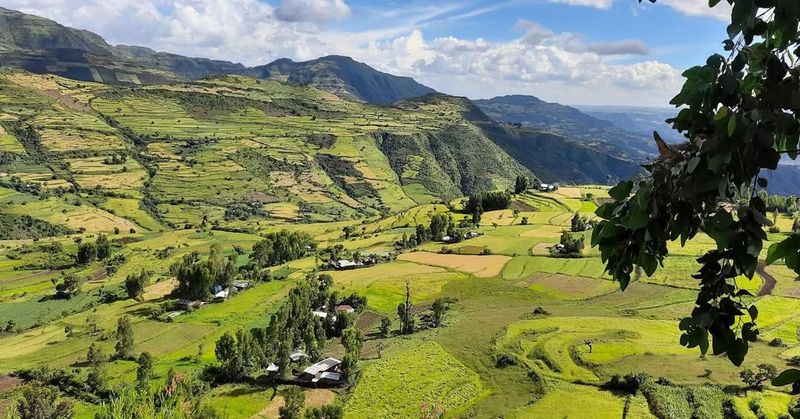
In the highlands of Ethiopia, two languages paint a vivid cultural tapestry. Amharic, widely spoken and alive in daily life, contrasts with Ge’ez, preserved in religious practices.
It’s a linguistic dance of the modern and the ancient, where vibrant markets meet sacred chants. Together, these languages form a unique cultural symphony, echoing through centuries and preserving the soul of Ethiopian heritage.
8. Iran – Persian (Farsi)

The poetic whispers of Persian continue to enrich the everyday lives of Iranians. Centuries of literary history breathe through Farsi’s verses, celebrated in both modern media and ancient poetry.
This language is more than an art form; it’s a living legacy that weaves the past with the present. From vibrant markets to quiet tea houses, Persian is spoken with an elegance that transcends time, much like its poets.
9. Armenia – Armenian

A land of rugged mountains and rich history, where an ancient Indo-European language thrives with vigor. Armenian, complete with its own unique script, is spoken by proud citizens who cherish their heritage.
In bustling city streets and serene countryside, it’s a language that sings of resilience and continuity. Armenian is more than mere words; it’s the voice of a nation that has withstood the trials of time.
10. Malta – Maltese
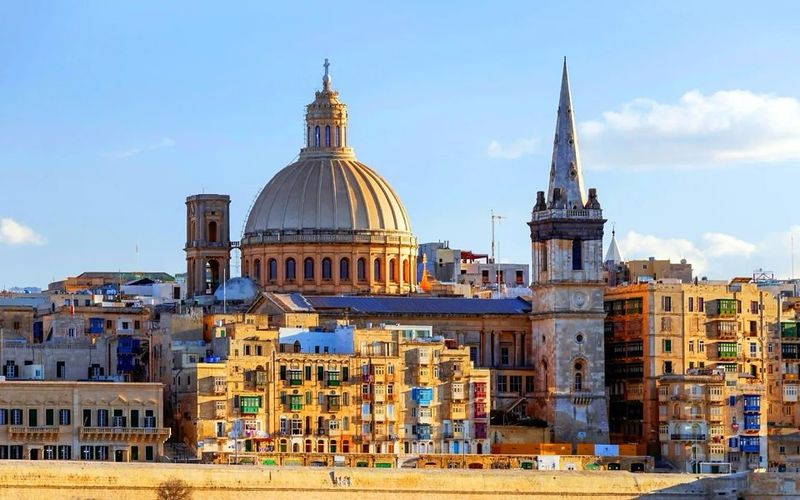
On this tiny island nation, a Semitic-rooted language blends with English in everyday life. Maltese, with its unique mix of Arabic influence and Romance language traits, is spoken with pride by its people. It’s a linguistic melting pot that mirrors Malta’s vibrant history and culture.
As waves gently lap against the shore, conversations in Maltese and English create a harmonious symphony, echoing the island’s rich past and dynamic present.
11. Tamil Nadu, India – Tamil
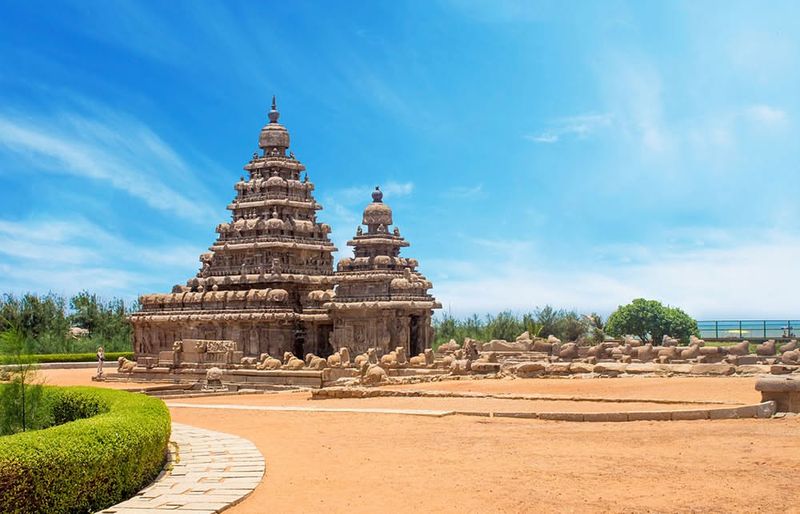
In the cultural heart of South Asia, an ancient classical language continues to thrive. Tamil, spoken by millions, is a testament to the enduring legacy of a rich literary tradition. It’s a language that dances through the pages of history, resonating in classrooms, homes, and celebrations.
With its distinctive script and melodic flow, Tamil is more than just words; it’s a bridge connecting generations through time.
12. Bolivia And Peru – Quechua And Aymara
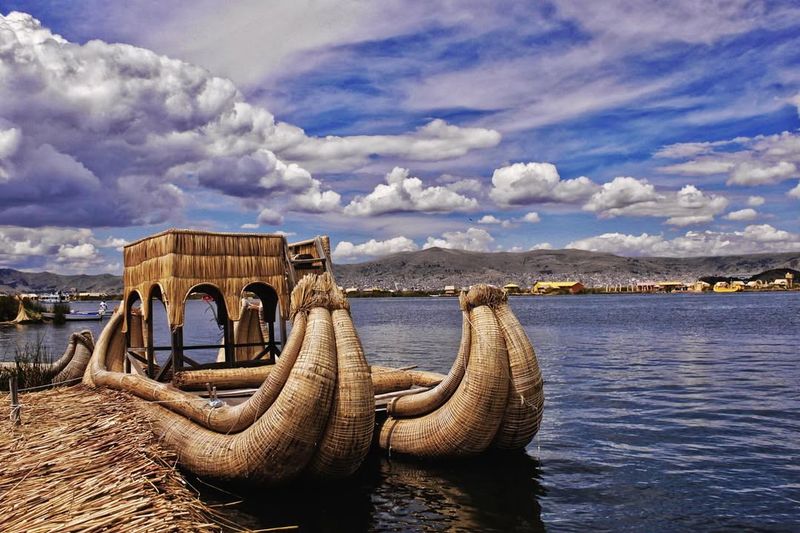
High in the Andes, ancient languages echo through the mountains, preserving pre-Columbian heritage. Quechua and Aymara are spoken in communities and official contexts, reflecting a deep connection to the land.
These languages are threads in the vibrant tapestry of Andean culture, celebrating resilience and tradition. From bustling markets to serene landscapes, they resonate with the voices of ancestors, ensuring that the spirit of the Andes endures.
